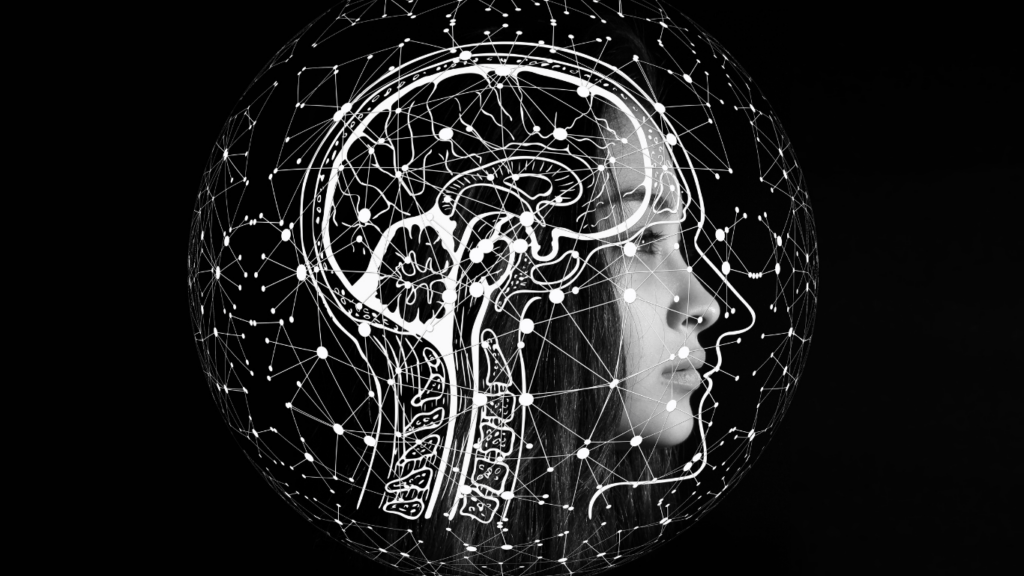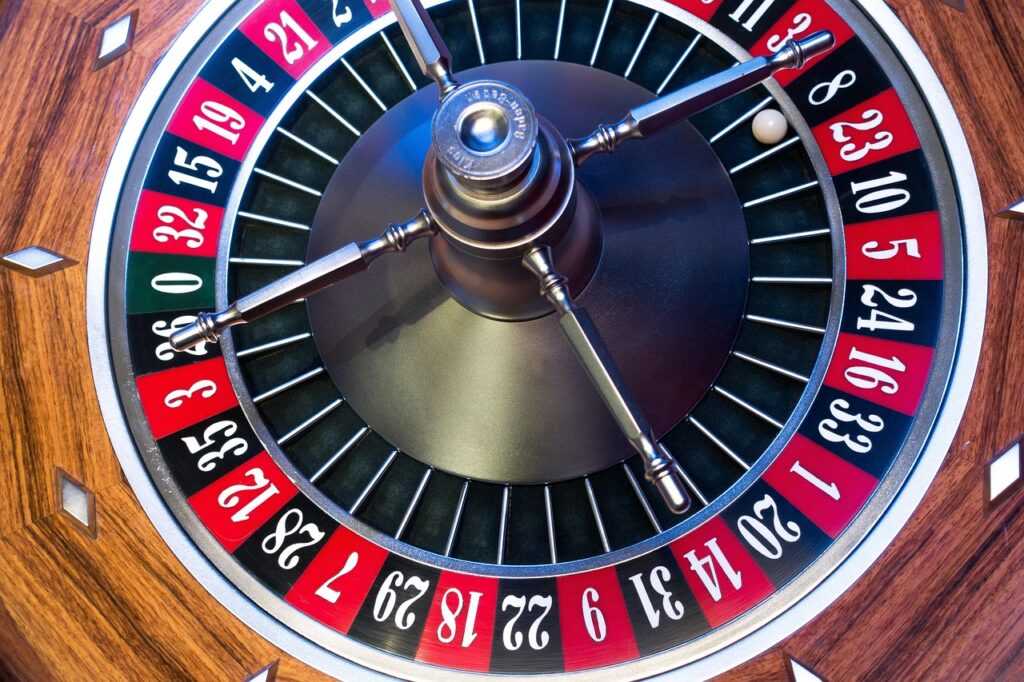Understanding Dopamine
Dopamine’s central to the brain’s reward system. It’s a neurotransmitter that transmits signals between nerve cells. When we experience something pleasurable, like winning a bet, dopamine’s released, reinforcing behaviors and making them more likely to be repeated.
Several brain regions are involved in dopamine production and release. The ventral tegmental area (VTA) produces dopamine, which it sends to the nucleus accumbens and prefrontal cortex. This pathway’s known as the mesolimbic dopamine pathway and plays a critical role in motivation and reward processing.
Dopamine effects aren’t limited to pleasure. It also influences learning and memory. When we win, dopamine not only makes us feel good but also helps us remember the experience, linking specific actions to rewards. This reinforcement mechanism underlies why gambling can become compulsive.
Different types of gambling impact dopamine release in varying ways. Slot machines, for example, utilize random rewards, which cause more frequent dopamine spikes compared to predictable rewards. These intermittent rewards heighten excitement and anticipation, making it harder to stop.
Individual differences influence how dopamine affects behavior. Genetics, brain structure, and previous experiences all modify dopamine’s impact. People predisposed to lower baseline dopamine levels might seek activities like gambling to boost their dopamine and achieve a sense of pleasure.
Dopamine’s role in gambling highlights why some individuals can’t resist the thrill. Its interaction with the brain’s reward circuits explains both the allure and the potential for addiction.
Dopamine and the Brain

Dopamine is central to understanding the brain’s response to gambling. It’s a key neurotransmitter, fundamentally influencing how we experience pleasure and reward.
How Dopamine Works
Dopamine operates by transmitting signals between neurons. It releases in response to reward-predicting stimuli. These stimuli can be anything from food to social interactions, and in this context, gambling. When I engage in an activity I find rewarding, my brain releases dopamine, creating a sensation of pleasure and reinforcing the behavior.
During gambling, dopamine surges occur with wins or near-misses, boosting excitement. These surges create a cycle where my brain seeks to repeat actions that trigger dopamine release. This is why gambling can be so compelling—the brain’s chemistry encourages me to continue seeking that thrill.
Key Brain Areas Involved
Several brain regions are crucial in the dopamine-driven reward system:
- Ventral Tegmental Area (VTA): Originates dopamine production. The VTA plays a key role in how I process rewards.
- Nucleus Accumbens: Acts as a primary reward center. It’s where dopamine from the VTA is released, contributing to feelings of pleasure and reinforcing behaviors.
- Prefrontal Cortex: Involved in decision-making and impulse control. This region helps me weigh risks and rewards but can get overridden by high dopamine levels, leading to impulsivity.
These areas work together to create the compelling allure of gambling. When I gamble, the interaction between these brain regions and dopamine fuels my motivation to continue, often leading to repeated behavior despite potential negative consequences.
The Gambling Connection
The thrill of gambling mainly ties to dopamine’s influence on risk-taking and the feedback loop of winning and losing. Let’s dive into these concepts to understand the deeper connection.
Dopamine’s Role in Risk-Taking
Dopamine directly influences risk-taking behavior, impacting decision-making processes in the brain. When individuals gamble, dopamine release heightens the perception of potential rewards, making risks seem more attractive. Studies have shown that during gambling activities, spikes in dopamine occur, especially when outcomes are uncertain. This neurochemical response pushes players to take risks they might otherwise avoid.
The Feedback Loop of Winning and Losing
The feedback loop of winning and losing in gambling is intertwined with dopamine. When individuals win, there’s a surge of dopamine, reinforcing the desire to continue gambling. Conversely, losing creates a craving to regain lost gains, driven by the same neurochemical pathways. This cycle makes gambling particularly enticing and difficult to quit, as each win or loss triggers dopamine release, fueling the continued pursuit of the next reward.
Psychological and Behavioral Perspectives
Dopamine deeply affects how individuals perceive gambling, influencing their psychological and behavioral responses.
Addiction and Compulsion
- Addiction to gambling emerges from the brain’s reward system.
- The release of dopamine during gambling creates pleasurable sensations, making the brain crave repeated experiences.
- Continual gambling reinforces these desires, leading to compulsive behavior.
- Studies show that this reinforcement loop is not just psychological; it’s also behavioral.
- The more someone gambles, the more their brain demands similar thrilling experiences to achieve the same dopamine rush.
This cycle explains the transition from casual gambling to pathological addiction for many people.
Emotional Rewards and Punishments
Gambling isn’t just about winning money; it’s about the emotional rollercoaster that dopamine fuels. When players win, their brains release dopamine, producing feelings of elation and satisfaction. Conversely, losing triggers a drop in dopamine levels, leading to disappointment and frustration. These emotional highs and lows create a cycle where players keep gambling, hoping to recapture the joy of winning while avoiding the pain of losing. This pursuit of emotional rewards and the aversion to emotional punishments drive continued gambling, even when losses mount.
Scientific Studies and Findings
Recent studies have shown significant insights into dopamine’s role in gambling. Researchers have extensively explored how this neurotransmitter influences gambling behaviors.
Key Research and Discoveries
Several pivotal studies have demonstrated the connection between dopamine and gambling. A study published in “Biological Psychiatry” found that dopamine levels spike during gambling, supporting the idea that dopamine mediates the thrill associated with gambling activities. According to the “Journal of Neuroscience,” dopaminergic activation occurs in the brain’s reward system, particularly in the striatum, during moments of uncertainty and risk-taking, which are inherent in gambling scenarios.
The “American Journal of Psychiatry” highlighted that individuals with higher dopamine receptor availability in the brain are more prone to compulsive gambling behaviors. These findings suggest that the dopamine system’s sensitivity may determine how intensely a person experiences gambling’s rewarding effects.
In addition, research published in “Neuropsychopharmacology” indicated that pharmacological manipulations altering dopamine levels can modify gambling behaviors, providing evidence on how dopamine directly impacts gambling addiction.
Case Studies and Real-Life Examples
Case studies often shed light on how theoretical findings translate into real-world scenarios. One notable example, detailed in “Frontiers in Psychology,” followed a man whose compulsive gambling behavior escalated after starting medication for Parkinson’s disease, which increases dopamine levels. This case illustrates the direct link between enhanced dopamine activity and gambling addiction.
Another case, documented by “BMC Psychiatry,” involved a woman who developed a gambling problem after taking dopaminergic drugs for restless legs syndrome. Her gambling urges diminished significantly when her medication was adjusted, underscoring the role of dopamine in driving gambling behaviors.
These real-life cases substantiate scientific discoveries and underscore the significant influence of dopamine on gambling addiction. Through a combination of research and personal stories, the relationship between dopamine and gambling is made increasingly clear.
Implications for Treatment and Prevention
Dopamine’s link to gambling addiction necessitates targeted treatment and prevention strategies. Understanding how dopamine influences gambling behaviors is key to developing effective interventions.
Current Approaches
Existing treatments for gambling addiction often include psychotherapy, medication, and self-help groups. Cognitive-behavioral therapy (CBT), aimed at changing maladaptive thought patterns, has shown efficacy in reducing gambling behaviors. Medications such as naltrexone are sometimes prescribed; they can modulate the brain’s reward system by blocking opioid receptors that influence dopamine release. Self-help groups like Gamblers Anonymous provide community support, offering a framework for recovery through shared experiences.
Future Directions
Future treatment approaches may leverage personalized medicine and advanced neuroimaging. Personalized medicine tailors treatments based on an individual’s genetic makeup, offering more precise interventions targeting dopamine pathways. Advances in neuroimaging technologies can enhance our understanding of how gambling affects brain activity, leading to new, more effective treatments. Additionally, digital tools such as mobile apps could offer real-time support and monitoring, helping individuals manage their gambling behaviors with immediate feedback and interventions.



 Taj Mackinolty – Author
Taj Mackinolty is a seasoned gambling enthusiast and writer at Smart Gamble Land. With a sharp focus on betting systems and winning strategies, Taj delivers clear and actionable content to readers looking to improve their gambling skills. His deep analytical approach and understanding of risk management allow him to break down complex techniques into simple guides. Taj is passionate about helping players gain control over their betting habits and develop a strategic mindset that can lead to long-term success in the casino environment.
Taj Mackinolty – Author
Taj Mackinolty is a seasoned gambling enthusiast and writer at Smart Gamble Land. With a sharp focus on betting systems and winning strategies, Taj delivers clear and actionable content to readers looking to improve their gambling skills. His deep analytical approach and understanding of risk management allow him to break down complex techniques into simple guides. Taj is passionate about helping players gain control over their betting habits and develop a strategic mindset that can lead to long-term success in the casino environment.
